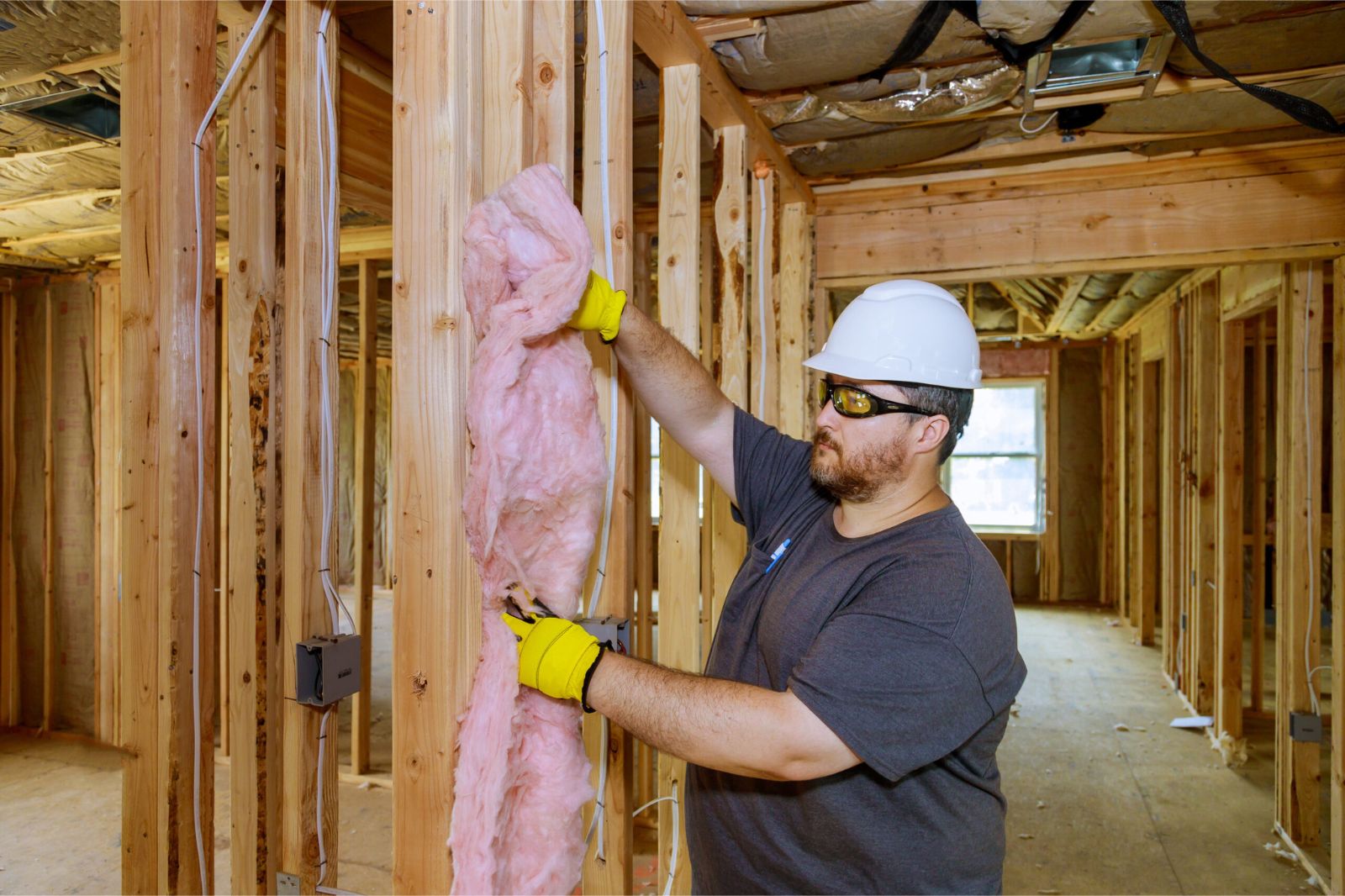

Articles
What Is Wall Insulation
Modified: January 23, 2024
Discover the benefits of wall insulation with our informative articles. Learn how it can improve energy efficiency and increase comfort in your home.
(Many of the links in this article redirect to a specific reviewed product. Your purchase of these products through affiliate links helps to generate commission for Storables.com, at no extra cost. Learn more)
Introduction
When it comes to creating a comfortable and energy-efficient living space, the importance of wall insulation cannot be underestimated. Walls are a significant source of heat loss in a home, accounting for up to 35% of energy wastage. Insulating the walls can help reduce energy consumption, lower utility bills, and improve overall comfort.
Wall insulation refers to the process of adding a layer of material to the walls to reduce heat transfer. This material acts as a barrier, preventing the flow of heat between the inside and outside of a building. Not only does wall insulation provide thermal protection, but it can also offer other benefits such as noise reduction, moisture control, and improved comfort levels.
There are several types of wall insulation available, each with its own characteristics and installation methods. The most common types include batt insulation, spray foam insulation, blown-in insulation, and reflective insulation. Understanding the differences between these options can help homeowners make an informed decision about which type is best suited for their needs.
Batt insulation, also known as blanket insulation, is one of the most popular choices for wall insulation. It consists of flexible sheets or rolls made from materials such as fiberglass, mineral wool, or cotton. Batt insulation is relatively easy to install, and it can be placed between wall studs, joists, or rafters. This type of insulation is effective at reducing heat transfer and can provide good thermal insulation for walls.
Spray foam insulation is another option that offers excellent insulating properties. It is composed of a mixture of chemicals that, when sprayed on the walls, expands and hardens into a solid foam. This foam adheres to the walls, filling gaps and creating an airtight seal. Spray foam insulation provides superior thermal insulation and can help minimize air leakage.
Blown-in insulation, as the name suggests, involves blowing loose insulation material into the walls using special equipment. This method is effective at filling cavities and voids, providing even coverage and excellent thermal insulation. The most common materials used for blown-in insulation are cellulose and fiberglass.
Reflective insulation is a type of insulation that works by reflecting radiant heat. It consists of a thin layer of reflective material, usually aluminum foil, which is placed on the walls. This type of insulation is particularly useful in hot climates where reducing heat gain is a priority. Reflective insulation can be used in conjunction with other types of insulation to maximize energy efficiency.
Now that we have discussed the types of wall insulation available, let’s take a closer look at the benefits that insulation can offer homeowners.
Key Takeaways:
- Wall insulation offers energy savings, noise reduction, and improved comfort. It’s a wise investment for a sustainable, comfortable, and efficient living space, providing long-term benefits and potential property value increases.
- Proper installation and consideration of R-value are crucial for effective wall insulation. Consulting with professionals and evaluating long-term energy savings can help make informed decisions about insulation choices.
Read more: What Type Of Insulation For Walls
Types of Wall Insulation
When it comes to insulating your walls, there are several options to choose from. Each type of insulation has its own unique characteristics and installation processes. Here are the most common types of wall insulation:
- Batt Insulation: Batt insulation, also known as blanket insulation, is one of the most popular choices for wall insulation. It consists of flexible sheets or rolls made from materials such as fiberglass, mineral wool, or cotton. Batt insulation is relatively easy to install and can be placed between wall studs, joists, or rafters. This type of insulation is effective at reducing heat transfer and can provide good thermal insulation for walls.
- Spray Foam Insulation: Spray foam insulation is a versatile option that offers excellent insulating properties. It is composed of a mixture of chemicals that, when sprayed on the walls, expands and hardens into a solid foam. This foam adheres to the walls, filling gaps and creating an airtight seal. Spray foam insulation provides superior thermal insulation and can help minimize air leakage.
- Blown-in Insulation: Blown-in insulation involves blowing loose insulation material into the walls using special equipment. This method is effective at filling cavities and voids, providing even coverage and excellent thermal insulation. The most common materials used for blown-in insulation are cellulose and fiberglass. Blown-in insulation is recommended for walls with existing cavities or irregular shapes.
- Reflective Insulation: Reflective insulation works by reflecting radiant heat. It consists of a thin layer of reflective material, usually aluminum foil, which is placed on the walls. Reflective insulation is particularly useful in hot climates where reducing heat gain is a priority. It can be used in conjunction with other types of insulation to maximize energy efficiency.
Choosing the right type of insulation for your walls depends on various factors such as climate, budget, and specific insulation needs. It is advisable to consult with a professional insulation contractor to determine the most suitable option for your home.
Batt Insulation
Batt insulation, also known as blanket insulation, is a common and cost-effective option for insulating walls. It consists of flexible sheets or rolls made from materials such as fiberglass, mineral wool, or cotton. Batt insulation is designed to fit snugly between wall studs, joists, or rafters, providing thermal resistance and reducing heat transfer.
One of the primary advantages of batt insulation is its ease of installation. Homeowners with basic DIY skills can typically handle the installation process themselves. The insulation is simply cut to size and fitted into the cavities between the wall framing. However, it is essential to take proper precautions during installation, such as wearing protective clothing, gloves, and a mask, as some insulation materials can cause skin irritation or respiratory issues.
Batt insulation offers good thermal insulation properties, helping to keep your home warm in the winter and cool in the summer. The insulation material traps air pockets, which act as a barrier against heat flow. This can lead to energy savings by reducing the amount of energy needed for heating or cooling your living space.
In addition to thermal insulation, batt insulation can also provide some level of soundproofing. The dense fibers in the insulation help absorb sound waves, reducing noise transmission between rooms or from outside sources.
It is important to note that the effectiveness of batt insulation depends on proper installation and ensuring there are no gaps or voids. Any gaps can reduce the overall insulating performance and compromise energy efficiency. It is recommended to consult with a professional insulation installer to ensure the insulation is correctly installed for maximum effectiveness.
One of the drawbacks of batt insulation is its susceptibility to moisture. If not properly installed or if there is moisture intrusion, the insulation can become damp or even moldy, leading to potential health hazards and diminished insulation performance. To mitigate this risk, it is crucial to address any moisture issues in the walls before installing batt insulation and to ensure proper ventilation and moisture barrier installation.
Overall, batt insulation is a popular choice for wall insulation due to its affordability, ease of installation, and adequate thermal insulation properties. With proper installation and care, it can effectively improve the energy efficiency and comfort of your home.
Spray Foam Insulation
Spray foam insulation is a versatile and highly effective option for insulating walls. It is composed of a mixture of chemicals that, when sprayed onto the wall surface, expands and hardens into a solid foam. This foam adheres to the walls, filling gaps, cracks, and voids, creating a seamless and airtight barrier against heat transfer.
One of the major advantages of spray foam insulation is its superior insulating properties. The expansive nature of the foam allows it to reach areas that may be difficult to insulate using other methods. It seals off all potential air leaks, making it an excellent choice for improving energy efficiency in homes. By minimizing air leakage, spray foam insulation helps to maintain a consistent indoor temperature and reduce the workload on heating and cooling systems.
Another benefit of spray foam insulation is its ability to provide soundproofing. The dense foam absorbs and dampens sound vibrations, reducing noise transmission from outside sources or between rooms. This can greatly enhance the comfort and privacy of your living space.
One of the key advantages of spray foam insulation is its ability to create a complete air and moisture barrier. The foam material is impermeable to air and moisture, preventing the intrusion of outside air, allergens, and water vapor. This can help to prevent moisture-related issues, such as mold growth and damage to the structure of your walls.
Spray foam insulation can be applied to both new construction and existing walls. During installation, the foam is sprayed onto the surface of the walls, expanding and filling the cavities. The process requires professional expertise and specialized equipment, so it is recommended to hire a certified insulation contractor for the job.
It is important to note that spray foam insulation is more expensive compared to other types of insulation. The cost is influenced by factors such as the size of the area to be insulated and the thickness of the foam required. However, the long-term energy savings and potential increase in property value can offset the initial investment.
Overall, spray foam insulation offers outstanding thermal insulation, air sealing, moisture control, and soundproofing benefits. It is a popular choice for homeowners looking to maximize energy efficiency and create a comfortable living environment with minimal air leakage.
Blown-in Insulation
Blown-in insulation is a versatile and efficient option for insulating walls. It involves blowing loose insulation material into the walls using a specialized blowing machine. This method is particularly beneficial for walls with existing cavities, irregular shapes, or hard-to-reach areas. Blown-in insulation can provide excellent coverage and thermal insulation, helping to reduce energy loss and improve overall comfort in your home.
The most common types of insulation materials used for blown-in insulation are cellulose and fiberglass. Cellulose insulation is made from recycled paper fibers treated with fire retardants, making it a sustainable and environmentally friendly choice. Fiberglass insulation, on the other hand, is composed of fine glass fibers and is known for its good thermal properties.
Blown-in insulation offers several advantages over other types of insulation. Firstly, it can effectively fill gaps, voids, and difficult-to-reach areas in the walls, ensuring comprehensive coverage and reducing the risk of thermal bridging. This helps to minimize heat transfer and achieve optimal energy efficiency.
Secondly, blown-in insulation can provide excellent soundproofing. The loose insulation material absorbs sound waves, reducing noise transmission from outside sources or between rooms. This can greatly enhance the acoustic comfort of your living space and provide a quieter environment.
Furthermore, blown-in insulation offers a high resistance to fire. Cellulose insulation is treated with fire retardants, which helps retard the spread of fire in case of an event. Fiberglass insulation, although not as fire-resistant as cellulose, still offers a level of fire protection.
When installing blown-in insulation, it is essential to hire a professional insulation contractor with experience in using the correct equipment and techniques. They will ensure the insulation material is evenly distributed to achieve consistent coverage and maximum insulation effectiveness. Additionally, proper safety measures should be followed during the installation process to protect against respiratory issues caused by the insulation material.
One consideration with blown-in insulation is its settling over time. The loose fibers may settle or compact, reducing the initial R-value and insulation effectiveness. However, this can be overcome by using higher-density insulation material or adding additional insulation layers in the future.
Overall, blown-in insulation is a versatile and efficient option for wall insulation, providing comprehensive coverage, good thermal insulation, soundproofing benefits, and fire resistance. It is an excellent choice for both new construction and retrofitting existing walls, especially those with irregular shapes or cavities.
Read more: What Is Cavity Wall Insulation
Reflective Insulation
Reflective insulation is a unique type of insulation that works by reflecting radiant heat. It consists of a thin layer of reflective material, typically made of aluminum foil, which is attached to one or both sides of a substrate such as foam or bubble wrap. Reflective insulation is primarily used in hot climates or areas with a strong need to reduce heat gain. It can be installed in walls to improve energy efficiency and thermal comfort.
One of the key advantages of reflective insulation is its ability to reflect radiant heat. When the sun’s rays strike the surface of the reflective material, it reflects the heat back, preventing it from entering the living space. This can significantly reduce the amount of heat that permeates through the walls, thereby reducing the need for cooling in hot weather.
Reflective insulation is often used as part of a multi-layer insulation system. It is often combined with other types of insulation, such as batt or foam insulation, to provide a more comprehensive thermal barrier. The reflective surface should be facing an air gap, which helps to further enhance its performance. The air gap acts as an additional insulating layer and prevents heat transfer through conduction.
In addition to its thermal benefits, reflective insulation can also provide some level of soundproofing. The reflective material helps to dampen sound vibrations, reducing noise transmission through the walls. However, it should be noted that the primary purpose of reflective insulation is to control heat gain and not sound insulation.
Reflective insulation is relatively easy to install. It can be cut to size and simply affixed to the interior side of the walls using adhesive or staples. However, proper installation is important to ensure that there are no gaps or punctures in the reflective layer, as this could reduce its effectiveness.
It is worth noting that reflective insulation is most effective when used in hot climates or regions with significant sun exposure. In colder climates, where the primary concern is retaining heat, other types of insulation, such as batt or foam insulation, may be more suitable.
Overall, reflective insulation offers a unique solution for reducing heat gain through walls. By reflecting radiant heat, it helps to keep the interior space cooler and more comfortable in hot weather. When used in conjunction with other insulation types, it can provide a comprehensive thermal barrier and contribute to energy savings.
Benefits of Wall Insulation
Wall insulation offers numerous benefits for homeowners, ranging from energy savings to improved comfort and more. By properly insulating your walls, you can create a more energy-efficient and comfortable living environment. Here are some of the key benefits of wall insulation:
1. Energy Savings: One of the primary benefits of wall insulation is the potential for energy savings. Insulated walls act as a thermal barrier, reducing heat transfer between the interior and exterior of your home. This means that in the winter, the insulation helps to keep the heat inside, and in the summer, it helps to keep the heat outside. This reduced heat transfer can result in lower energy bills as you rely less on heating and cooling systems to maintain a comfortable temperature.
2. Noise Reduction: Insulated walls can also provide improved soundproofing benefits. The insulation material helps to absorb and dampen sound waves, reducing noise transmission from outside sources or between rooms. This can create a quieter and more peaceful living environment, especially if you live in a noisy neighborhood or have rooms that require sound isolation, such as home offices or bedrooms.
3. Moisture Control: Wall insulation can help to control moisture levels within your home. Moisture infiltration through the walls can lead to mold growth, dampness, and structural damage. Proper insulation creates a barrier that helps to reduce the risk of moisture entering the interior spaces, preventing potential issues caused by excessive moisture accumulation.
4. Improved Comfort: Insulating your walls can greatly enhance the overall comfort of your living space. By reducing heat transfer, insulation helps to maintain a stable indoor temperature, eliminating cold spots and drafts. This creates a more even and comfortable environment throughout your home, ensuring that you and your family can enjoy a cozy living space year-round.
5. Environmental Benefits: Wall insulation contributes to a more sustainable and eco-friendly lifestyle. By reducing your energy consumption, you are indirectly reducing your carbon footprint and helping to conserve natural resources. Insulation also plays a role in minimizing greenhouse gas emissions associated with energy production, as you rely less on heating and cooling systems that use fossil fuels.
6. Increased Property Value: Insulating your walls can also increase the value of your property. Energy-efficient homes are in high demand, and potential buyers recognize the benefits of a well-insulated home. By investing in wall insulation, you are not only improving your living conditions but also making a smart long-term investment that can pay off when it comes time to sell your property.
Overall, wall insulation offers a range of benefits including energy savings, noise reduction, moisture control, improved comfort, environmental advantages, and increased property value. By investing in quality insulation, you can create a more comfortable and sustainable home for you and your family.
Energy Savings
One of the primary benefits of wall insulation is the potential for significant energy savings. Insulating your walls helps create a thermal barrier that reduces the transfer of heat between the interior and exterior of your home. By minimizing heat loss in the winter and heat gain in the summer, insulation plays a crucial role in reducing your reliance on heating and cooling systems. Here are some key ways in which wall insulation can lead to energy savings:
Reduced Heat Loss: In cold weather, heat has a natural tendency to move from warmer areas to cooler areas. Without proper insulation, the heat inside your home can escape through the walls, resulting in heat loss. Insulating your walls helps prevent this heat loss, keeping the warm air trapped inside and reducing the need to constantly heat your home. As a result, you can lower your heating expenses and reduce energy consumption significantly.
Minimized Heat Gain: During hot weather, the sun’s rays can penetrate the walls and heat up the interior of your home. Insulating your walls with reflective or thermal insulating materials can prevent excessive heat gain, reducing the need for air conditioning systems to work harder to maintain a comfortable indoor temperature. By reducing the heat load on your cooling systems, you can decrease energy usage and lower your cooling costs.
Avoiding Thermal Bridging: Thermal bridging occurs when heat easily transfers through materials that have a higher thermal conductivity, such as solid building components like studs and joists. Without proper insulation, these areas can become “bridges” for heat to escape. Insulating your walls effectively helps prevent thermal bridging, keeping the heat inside the insulated space and minimizing energy loss.
Improved HVAC Efficiency: Insulated walls help create a more stable and consistent indoor temperature throughout your home. This reduces the workload on your heating or cooling systems, as they don’t need to compensate for heat loss or gain through uninsulated walls. With less strain on your HVAC equipment, it can operate more efficiently, consume less energy, and potentially prolong its lifespan.
Environmental Impact: Energy consumption for heating and cooling accounts for a significant portion of greenhouse gas emissions. By reducing your reliance on artificial heating and cooling through effective wall insulation, you can contribute to environmental conservation. Insulation helps lower your carbon footprint and supports a more sustainable and eco-friendly way of living.
Long-Term Cost Savings: While the initial cost of wall insulation may require an investment, the long-term energy savings can outweigh the upfront expenses. By reducing your energy consumption, you can benefit from lower utility bills month after month. In addition, energy-efficient homes with proper insulation tend to have higher property values and can attract potential buyers looking for sustainable and cost-effective living spaces.
Overall, wall insulation plays a significant role in reducing energy consumption and increasing energy efficiency. By minimizing heat loss, controlling heat gain, and improving HVAC system efficiency, insulation helps you save money, reduce your environmental impact, and create a more comfortable and sustainable home environment.
When installing wall insulation, make sure to properly seal any gaps or cracks to prevent air leakage and maximize energy efficiency. This will help maintain a comfortable indoor temperature and reduce heating and cooling costs.
Noise Reduction
Wall insulation not only provides thermal benefits but also offers effective noise reduction capabilities. By reducing the transmission of sound waves, insulation helps create a quieter and more peaceful living environment. Here are some key ways in which wall insulation can contribute to noise reduction:
External Noise: Uninsulated walls can allow external noise from traffic, neighbors, or other outdoor activities to easily penetrate into your living space. Wall insulation acts as a barrier, absorbing and dampening the impact of sound waves. It helps reduce the transmission of external noises, creating a more serene and tranquil atmosphere inside your home.
Internal Noise: Insulation is not only effective at blocking incoming noise but also at minimizing the transmission of noise between rooms. It helps create a sound buffer within the walls, preventing sound waves from easily passing through. This can be particularly beneficial in homes with multiple occupants or when you want to maintain privacy between rooms, such as bedrooms, home offices, or media rooms.
Improved Acoustic Comfort: By reducing unwanted noise, wall insulation contributes to improved acoustic comfort. It allows you to enjoy a peaceful and quiet environment, free from distracting external noises or disruptions. This can enhance your quality of life, promote relaxation, and improve your ability to concentrate on tasks or enjoy leisure activities at home.
Enhanced Sleep Quality: Good sleep is essential for overall well-being, and excessive noise can disrupt sleep patterns. Insulated walls help create a more sleep-friendly environment by reducing noise disturbances from outside sources, such as traffic or neighbors. The quieter surroundings can promote better sleep and contribute to a more restful night’s rest.
Home Office Productivity: With the rise of remote work and the need for home offices, noise reduction becomes crucial for maintaining focus and productivity. Insulated walls help create a dedicated and quiet workspace, minimizing distractions and allowing you to concentrate on your work without interruption.
Improved Resale Value: Homes with proper insulation that offers noise reduction benefits can be attractive to potential buyers. The ability to create a quieter living environment is often a desirable feature in residential properties. By insulating your walls, you not only gain personal benefits but also potentially increase the resale value of your home.
It is worth noting that while wall insulation can significantly reduce the transmission of airborne noise, it may have limitations in blocking low-frequency sounds or structure-borne noise, such as footsteps or vibrations. For complete soundproofing, additional measures, such as sound-absorbing materials or acoustic treatments, may be required. Consulting with a professional insulation contractor or acoustic specialist can provide tailored solutions based on your specific noise reduction goals.
Overall, wall insulation offers effective noise reduction capabilities, creating a more peaceful and enjoyable living environment. By reducing external noise, minimizing sound transfer between rooms, and improving acoustic comfort, insulation helps you create a home sanctuary where you can relax, work, and enjoy downtime without being disturbed by unwanted noise.
Read more: What Insulation To Use For Exterior Walls
Moisture Control
Moisture control is an essential aspect of maintaining a healthy and comfortable living environment in your home. Proper wall insulation plays a vital role in preventing excessive moisture buildup and related issues. Here are some key ways in which wall insulation contributes to moisture control:
Preventing Condensation: When warm, moist air comes into contact with cooler surfaces, it can lead to condensation. Uninsulated walls can be susceptible to condensation, particularly in areas with high humidity or temperature differences between the interior and exterior of the home. Insulating your walls helps create a thermal barrier, reducing the chances of condensation occurring on the walls. This helps minimize the risk of mold growth, mildew, and other moisture-related problems.
Vapor Barrier: Wall insulation can act as a vapor barrier, preventing moisture buildup inside the walls. Moisture vapor can penetrate walls, leading to dampness, musty odors, and potential structural damage. Insulation materials, such as foam or vapor retardant membranes, help block the passage of moisture vapor, protecting the integrity of the walls and promoting a healthy indoor environment.
Reducing Air Leakage: Insulating walls also helps minimize air leakage, which can be a significant source of moisture infiltration. Gaps and cracks in the walls can allow outside air to enter, bringing moisture along with it. By properly insulating and sealing the walls, you create a more airtight enclosure, reducing the potential for moisture-laden air to enter the living space.
Preventing Mold and Mildew: Excessive moisture can create ideal conditions for mold and mildew growth. These microorganisms not only damage the walls but can also have adverse health effects on the occupants. Insulated walls with proper moisture control help minimize the risk of mold and mildew growth, ensuring a safer and healthier living environment for you and your family.
Protection against Structural Damage: Moisture infiltration can compromise the structural integrity of the walls over time. Water intrusion can lead to rot, decay, and damage to the building materials. Insulation acts as a protective barrier, preventing moisture from seeping into the walls and reducing the risk of structural damage caused by moisture-related issues.
It is important to note that while wall insulation can contribute to moisture control, it is essential to address any existing moisture issues before installing insulation. Moisture problems, such as leaks, condensation, or water damage, should be identified and remedied to ensure a dry and suitable environment for insulation installation.
Working with a professional insulation contractor is recommended to ensure proper insulation selection and installation techniques that align with moisture control requirements. Proper ventilation and maintaining ideal humidity levels within the home are also crucial factors in preventing excessive moisture buildup.
By insulating your walls and implementing effective moisture control strategies, you can maintain a dry, comfortable, and healthy home environment free from moisture-related issues.
Improved Comfort
Wall insulation plays a vital role in enhancing the overall comfort of your home. By minimizing heat transfer, controlling temperature fluctuations, and reducing drafts, insulation contributes to a more pleasant and cozy living environment. Here are some key ways in which wall insulation can improve comfort:
Temperature Regulation: Insulating your walls helps create a thermal barrier that reduces heat transfer between the interior and exterior of your home. This means that in the winter, the insulation helps keep the warm air inside, while in the summer, it helps keep the hot air outside. The result is a more consistent and comfortable indoor temperature throughout the year, reducing the need for constant adjustment of heating and cooling systems.
Elimination of Cold Spots: Uninsulated walls can contribute to cold spots near windows, doors, or poorly insulated areas. These cold spots can create uncomfortable living conditions, making certain areas of your home less inviting or usable during colder months. Wall insulation helps evenly distribute heat throughout the entire living space, eliminating cold spots and maximizing comfort in every room.
Draft Reduction: Insulated walls help minimize air leakage and drafts, which can create discomfort and compromise energy efficiency. Drafts are often caused by gaps, cracks, or poorly sealed areas in the walls. By properly insulating and sealing these areas, you can significantly reduce drafts, creating a more draft-free and comfortable living space.
Sound Absorption: Insulation also provides some degree of soundproofing by absorbing and dampening sound waves. This can help reduce the transmission of external noises, such as traffic or neighborhood activities, as well as minimize sound transfer between rooms inside your home. A quieter environment contributes to overall comfort levels and promotes relaxation and concentration.
Consistent Comfort throughout the Home: By insulating your walls, you can create a more uniform comfort level across different areas of your home. Whether it’s the bedroom, living room, or home office, insulated walls help maintain a comfortable temperature and reduce temperature variations between rooms. This ensures that everyone in your household can enjoy a consistently comfortable living environment regardless of the location.
Reduction of Hot or Cold Exterior Surfaces: During extreme weather conditions, uninsulated walls can become hot or cold to the touch, causing discomfort when in close proximity. Proper wall insulation acts as a buffer, reducing the temperature transfer to the interior surface of the walls. This creates a more comfortable environment, especially when coming into contact with the walls.
Investing in high-quality wall insulation can significantly enhance the comfort of your home, ensuring a more enjoyable living experience for you and your family. Consult with a professional insulation contractor to determine the most suitable insulation materials and installation methods for your specific needs, taking into account factors such as climate, building materials, and design.
By improving comfort levels through proper wall insulation, you can create a cozy and inviting home environment that promotes relaxation, productivity, and overall well-being.
Installation Considerations
When it comes to wall insulation, proper installation is crucial to ensure optimal performance and effectiveness. Here are some key considerations to keep in mind when planning for wall insulation:
Insulation Materials: Choose the right insulation material for your specific needs. There are various options available, such as batt insulation, spray foam insulation, blown-in insulation, and reflective insulation. Each type has its own advantages, so it’s essential to consider factors such as R-value, moisture resistance, soundproofing capabilities, and compatibility with your existing wall structure.
Professional Installation: While some homeowners may choose to install insulation themselves, it is highly recommended to hire a professional insulation contractor. They have the expertise, tools, and knowledge to ensure the insulation is installed correctly and in compliance with building codes. Additionally, professionals can identify any potential issues or structural concerns before installation, ensuring a smooth and successful process.
Preparation and Safety: Before insulation installation, make sure the walls are in good condition and free from any moisture problems or structural damage. It’s important to address these issues before proceeding with insulation to prevent further complications. Additionally, wear appropriate safety gear, such as gloves, goggles, and masks, when handling insulation materials to protect yourself from potential irritants.
Moisture Management: Moisture can compromise the performance of insulation and lead to mold growth or structural damage. Ensure proper moisture management by addressing any existing moisture issues, correcting water leaks, and implementing proper ventilation strategies. It’s also important to choose insulation materials that have good moisture resistance properties, especially in areas prone to high humidity or moisture intrusion.
Air Sealing: Insulation works best when combined with proper air sealing techniques. Seal any gaps, cracks, or penetrations in the walls before installing insulation to prevent air leakage. This helps create an airtight barrier that maximizes energy efficiency and thermal performance. Proper air sealing also helps reduce drafts and improve indoor air quality.
Code Compliance: Ensure compliance with local building codes and regulations when installing insulation. Building codes provide guidelines and requirements for insulation installation to ensure safety and efficiency. Working with a professional insulation contractor will help ensure compliance with these codes and regulations.
Consider Existing Wall Structures: Different types of insulation may require specific considerations based on the existing wall structure. For example, blown-in insulation is suitable for walls with existing cavities, while reflective insulation requires an air gap between the insulation material and the wall surface. Understanding your wall structure and considering the compatibility of the insulation type is important for successful installation.
Future Access Needs: Consider any future access requirements for your walls, such as the need for electrical or plumbing repairs or modifications. Plan for insulation that allows for easy accessibility while maintaining its effectiveness. Discuss this with your insulation contractor to find the best solutions for both insulation and future maintenance needs.
By carefully considering these installation factors, you can ensure a successful and efficient wall insulation project that provides long-lasting energy savings, comfort, and durability for your home.
R-value and Insulation Effectiveness
R-value is a fundamental concept when it comes to evaluating the effectiveness of insulation. It measures the thermal resistance of the insulation material and indicates how well the material can resist the transfer of heat. Understanding R-value is essential for selecting the right insulation and ensuring optimal energy efficiency in your home.
The higher the R-value, the better the insulation’s ability to resist heat transfer. Insulation materials with higher R-values provide greater resistance to heat flow, resulting in better insulation performance. The choice of insulation material and the desired R-value will depend on factors such as climate, building design, and energy efficiency goals.
It’s important to note that R-value is not the sole factor that determines insulation effectiveness. Other factors, such as proper installation techniques, air sealing, and moisture management, also significantly impact insulation performance. A properly installed and well-maintained insulation system is crucial for achieving its intended thermal resistance and energy-saving benefits.
In addition to R-value, it’s important to consider the specific requirements of different areas in your home. For example, different R-values may be recommended for exterior walls, roof/attic spaces, and floors. Consulting with a professional insulation contractor can help determine the appropriate R-values for each area based on local building codes and climate conditions.
When selecting insulation materials, consider their R-values as well as other characteristics such as moisture resistance, acoustic properties, and fire ratings. Some insulation materials, like spray foam and rigid foam insulation, offer higher R-values per inch compared to other materials like fiberglass batts or cellulose insulation.
Remember that insulation effectiveness is not solely determined by R-value. Proper installation is crucial to ensure that insulation materials are correctly installed, eliminating gaps, voids, and compression that can compromise effectiveness. Air sealing measures, such as sealing gaps and cracks, are also essential for controlling heat loss or gain. Insulation performance can be further enhanced by addressing moisture issues and ensuring proper ventilation to prevent the growth of mold or deterioration of the insulation material.
It’s important to consult with a professional insulation contractor who can assess your home’s specific needs and recommend the appropriate insulation and R-values. They can provide guidance on the best insulation materials, installation techniques, and building code requirements to ensure maximum insulation effectiveness and energy efficiency.
By understanding the concept of R-value, considering other factors that impact insulation effectiveness, and working with knowledgeable professionals, you can make informed decisions regarding insulation choices and create an energy-efficient and comfortable living environment in your home.
Read more: What Insulation Is Best For Garage Walls
Cost of Wall Insulation
The cost of wall insulation can vary depending on several factors, including the type of insulation material, the size of the project, and the labor involved. It’s important to consider the long-term benefits and energy savings that insulation can provide when evaluating the cost. Here are some key factors to consider when determining the cost of wall insulation:
Type of Insulation: Different types of insulation materials come with varying costs. Fiberglass batt insulation is typically one of the most affordable options, while spray foam insulation tends to be more expensive. Other materials such as blown-in insulation and reflective insulation fall somewhere in between. Taking into account the specific characteristics and performance of each type of insulation can help you determine the cost-effectiveness of your insulation choice.
Size of the Project: The size of the area to be insulated plays a significant role in determining the overall cost. Insulating a single room or a small area will naturally cost less compared to insulating an entire house. It’s important to communicate the scope of your project to insulation contractors for accurate cost estimates.
Accessibility and Labor: The ease of access to the walls and the complexity of the installation process can impact labor costs. Insulating walls that are easily accessible can be less labor-intensive and, therefore, less costly. However, if there are obstacles or challenges in accessing the walls, such as tight spaces or obstructions, it may require additional effort and time, potentially increasing the labor cost.
Preparation and Remediation: Before installing insulation, any existing issues such as moisture problems, mold, or structural damage should be addressed. These issues may require additional remediation steps, which can impact the overall cost of the project. It’s crucial to properly assess and address these issues to ensure a clean and suitable environment for insulation installation.
Professional Installation: Hiring a professional insulation contractor adds to the overall cost but brings the benefit of expertise, knowledge, and proper installation techniques. Professional installers ensure that insulation is correctly installed, avoiding common mistakes that could compromise its effectiveness. Their experience can help maximize the insulation’s performance and ensure compliance with building codes and regulations.
Long-Term Savings: It’s important to consider the long-term benefits and potential energy savings when evaluating the cost of wall insulation. While the upfront investment may be higher, the energy savings and decreased utility bills can offset the initial cost over time. Additionally, an energy-efficient home with proper insulation can potentially increase property value.
To get an accurate cost estimate for your wall insulation project, it’s best to consult with multiple insulation contractors. They can evaluate your specific needs, inspect your property, and provide detailed quotes based on the scope of work required. Remember to ask about any warranties, guarantees, or available rebates or incentives that may help offset the cost.
Ultimately, the cost of wall insulation should be viewed as an investment in improving your home’s energy efficiency, comfort, and long-term value. Proper insulation can provide a significant return on investment through energy savings, increased comfort, and potential resale benefits.
Conclusion
Wall insulation is a crucial aspect of creating a comfortable, energy-efficient, and sustainable living environment. Whether you choose batt insulation, spray foam insulation, blown-in insulation, or reflective insulation, the benefits of insulating your walls are numerous.
Insulation not only helps to regulate indoor temperature, reduce energy consumption, and lower utility bills, but it also provides other advantages. These include noise reduction, moisture control, improved comfort, and potential increases in property value. By properly insulating your walls, you can create a more peaceful and healthier living space while minimizing the impact on the environment.
When considering wall insulation, it’s important to choose the right type of insulation for your specific needs, taking into account factors such as climate, budget, and installation requirements. Professional installation is highly recommended to ensure proper insulation techniques, safety, and compliance with building codes. Working with experienced insulation contractors can help you navigate the various options and ensure a successful installation that maximizes insulation effectiveness.
While the cost of wall insulation may vary depending on factors such as insulation type, project size, and labor involved, it is essential to consider the long-term benefits and energy savings. Insulation is an investment that can yield significant returns over time through reduced energy consumption and increased comfort.
In conclusion, wall insulation offers numerous advantages, including energy savings, noise reduction, moisture control, improved comfort, and potential increases in property value. It is a wise investment to create a more sustainable, comfortable, and efficient living space. By insulating your walls and considering the specific needs of your property, you can enjoy a healthier and more enjoyable home environment for years to come.
Frequently Asked Questions about What Is Wall Insulation
Was this page helpful?
At Storables.com, we guarantee accurate and reliable information. Our content, validated by Expert Board Contributors, is crafted following stringent Editorial Policies. We're committed to providing you with well-researched, expert-backed insights for all your informational needs.
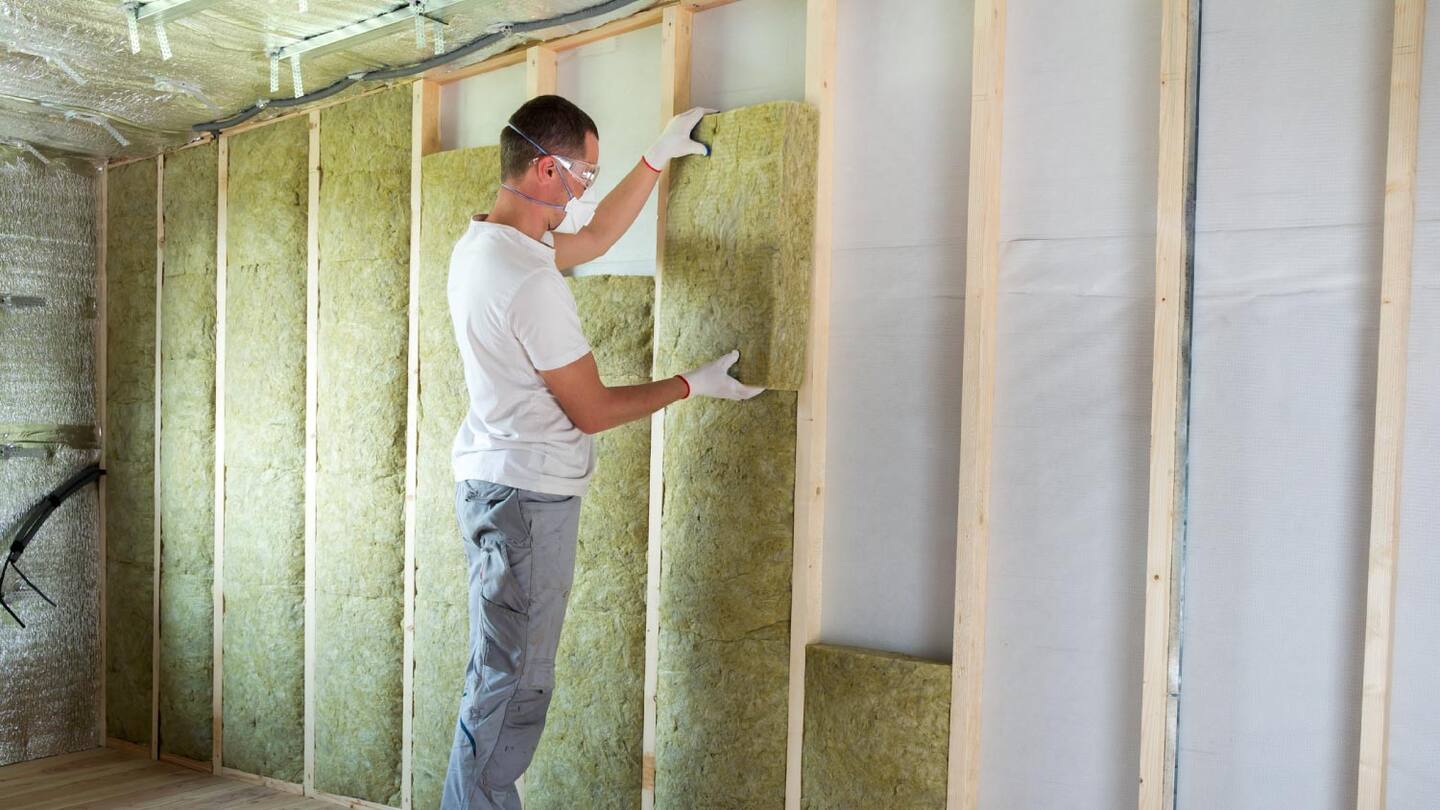
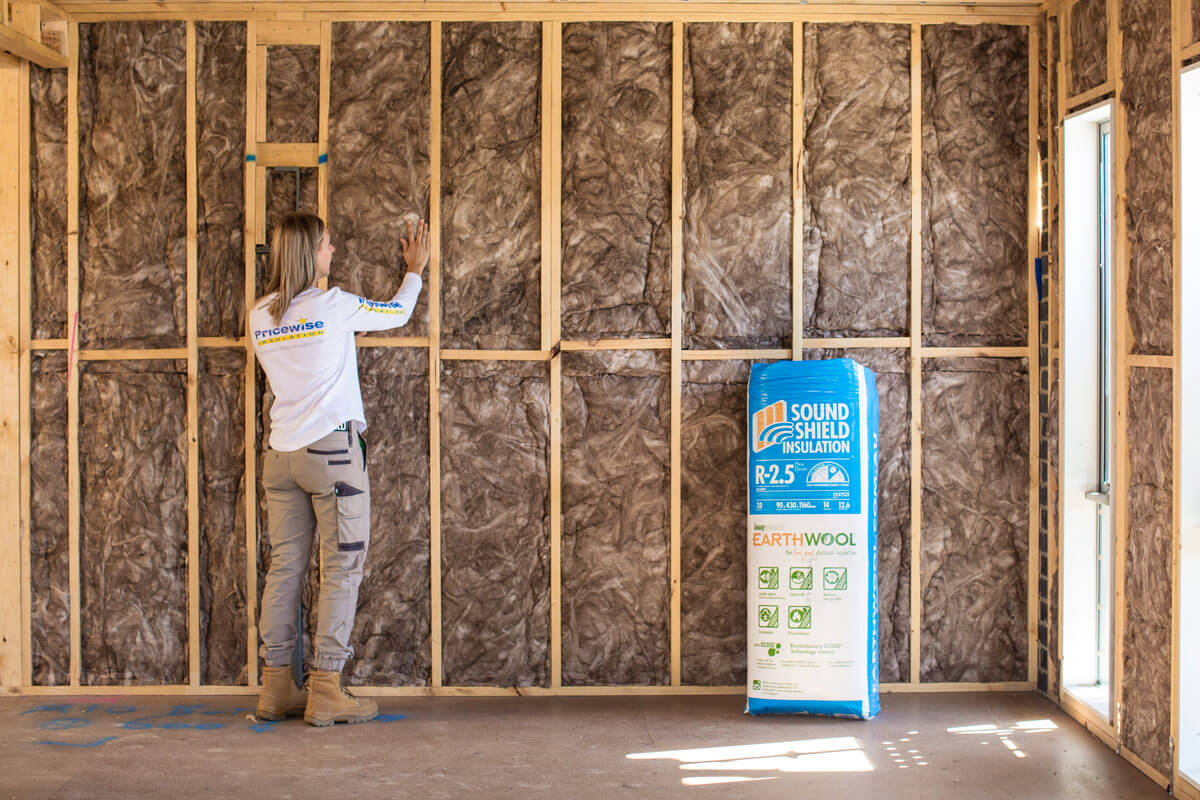
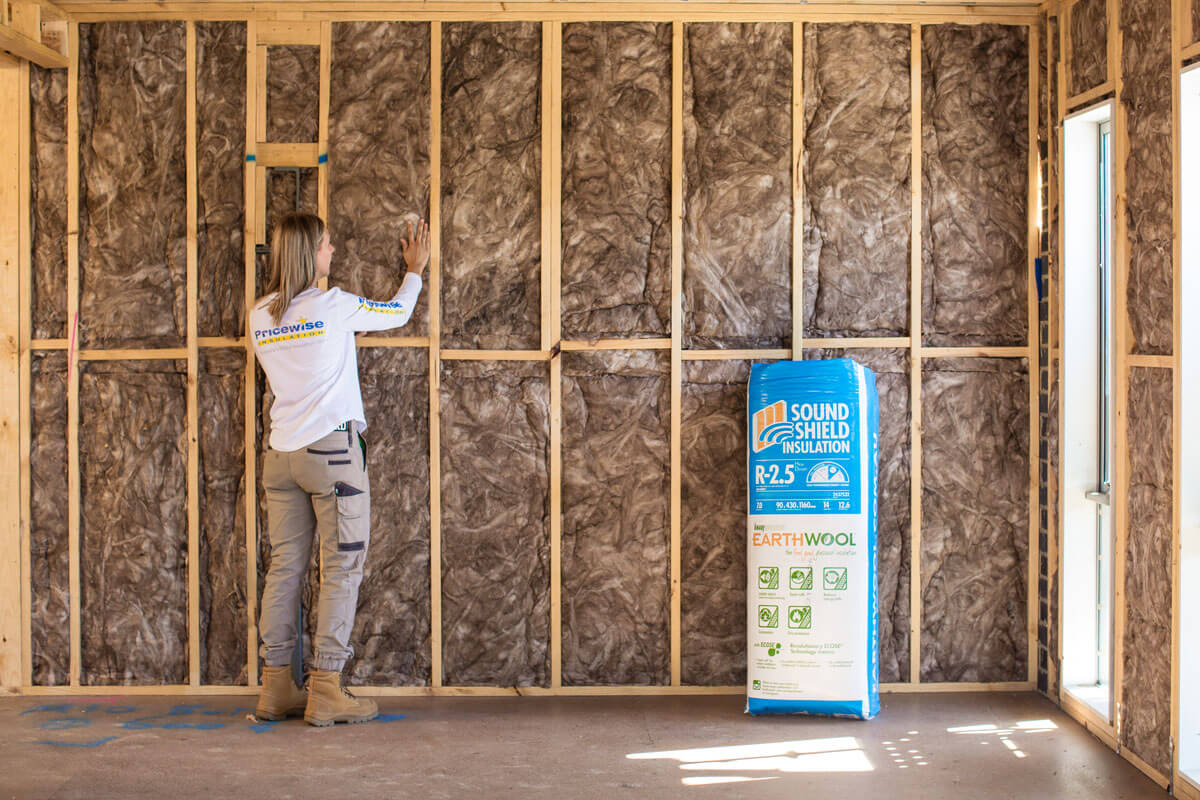
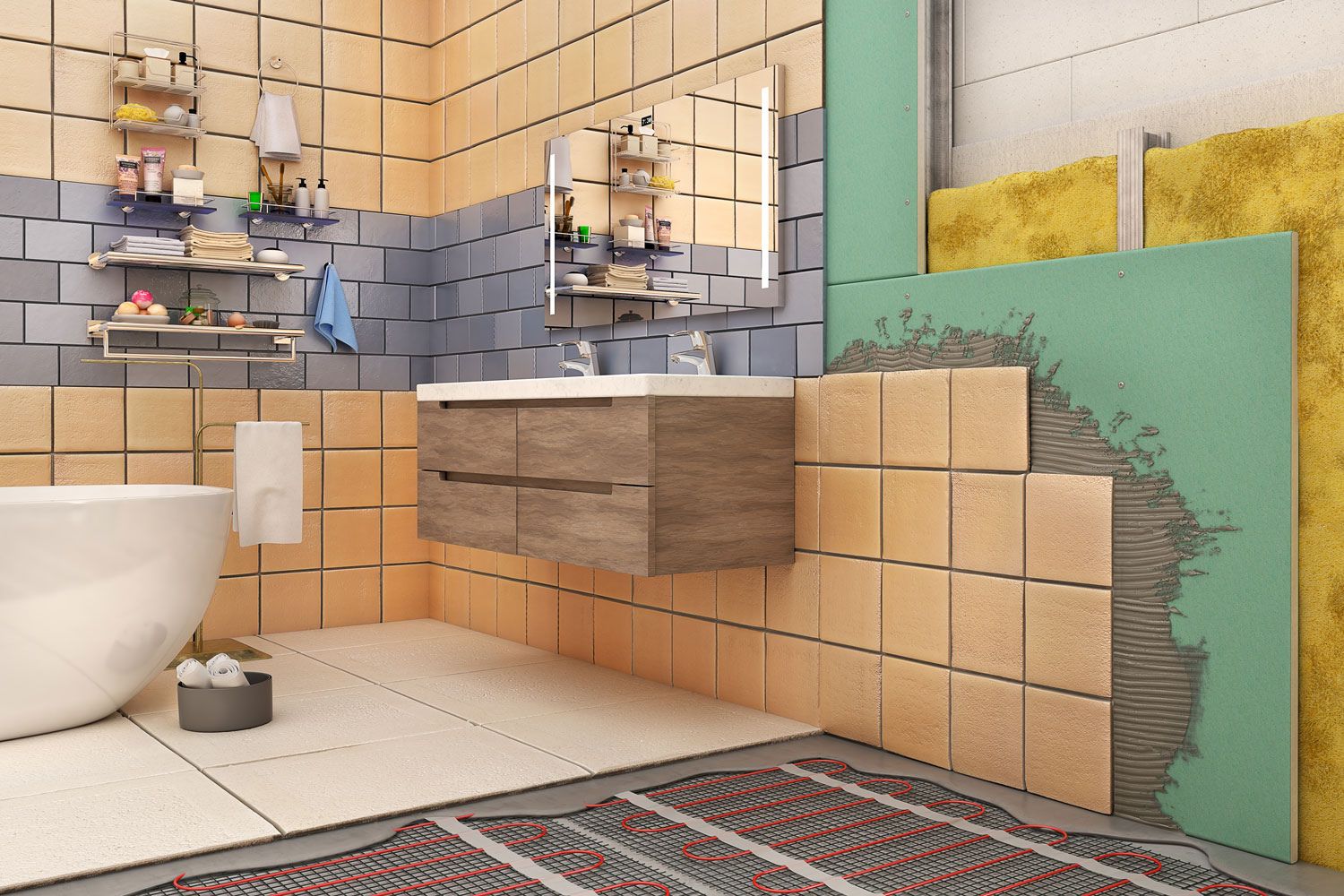
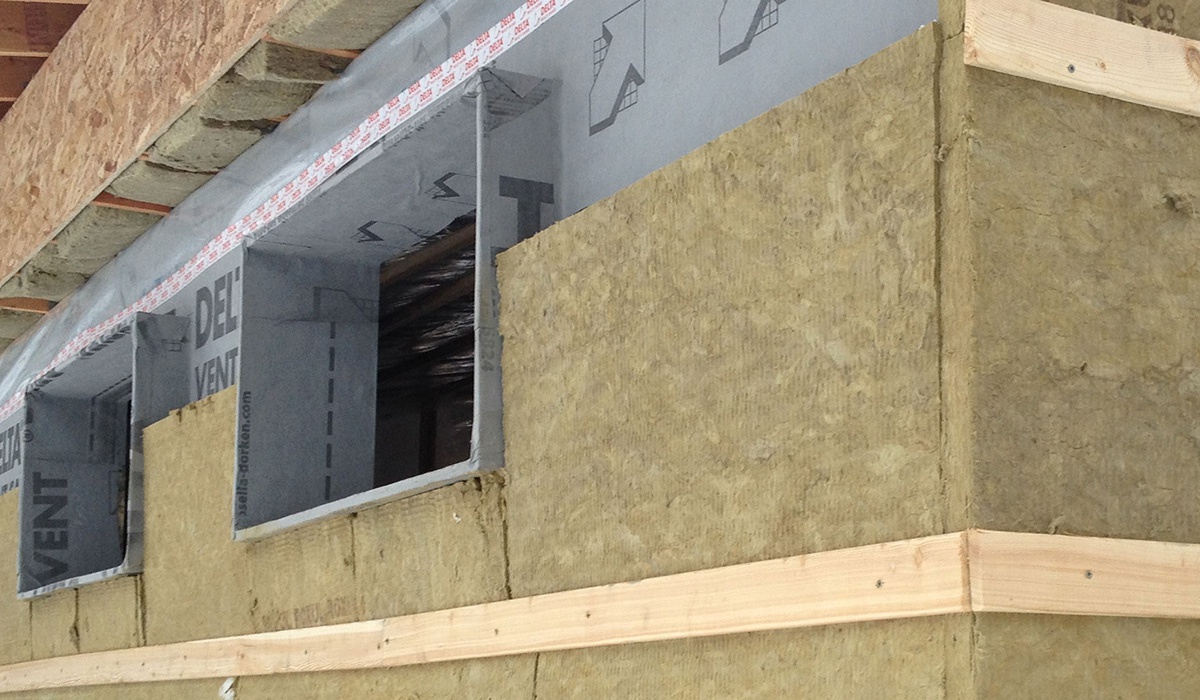
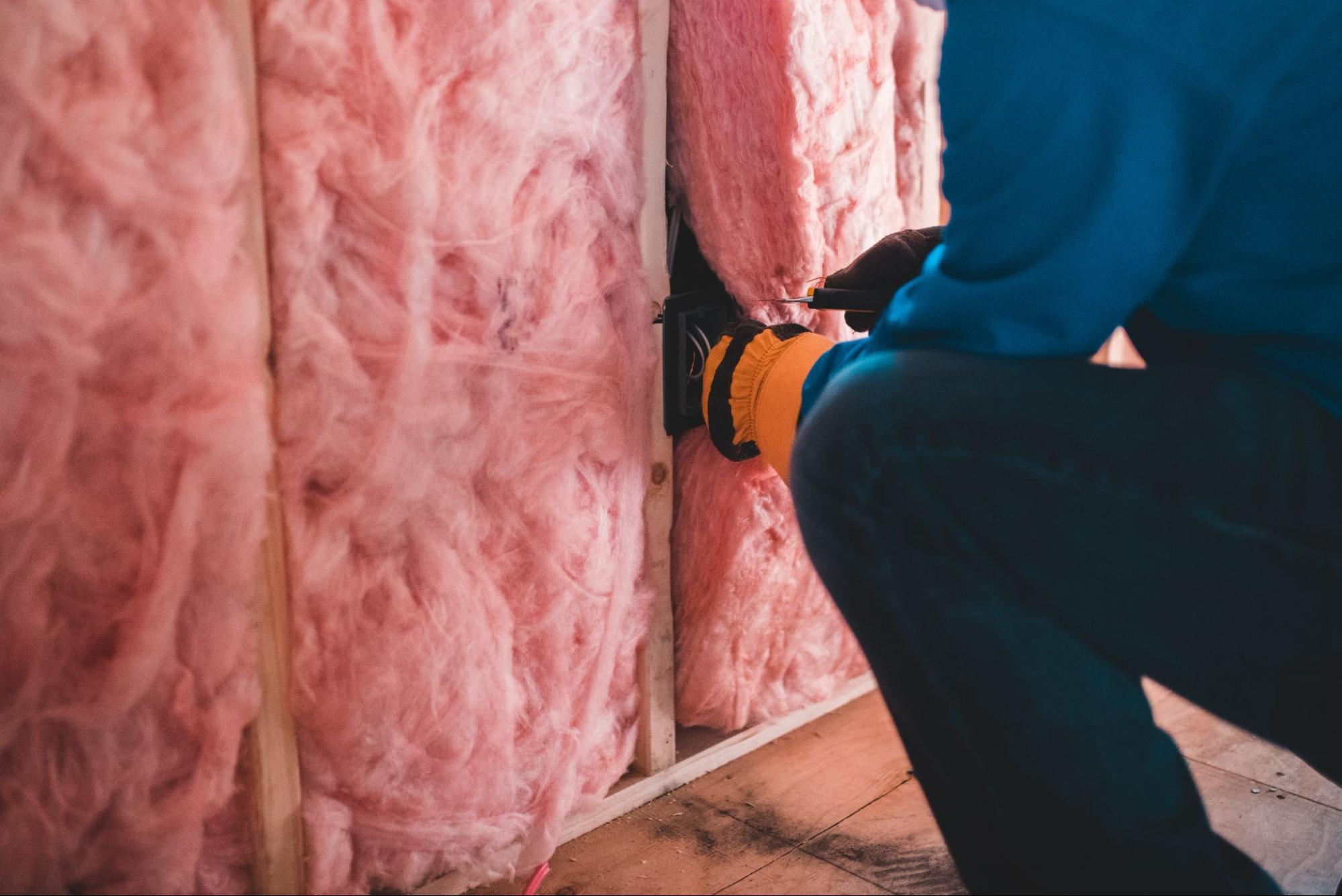
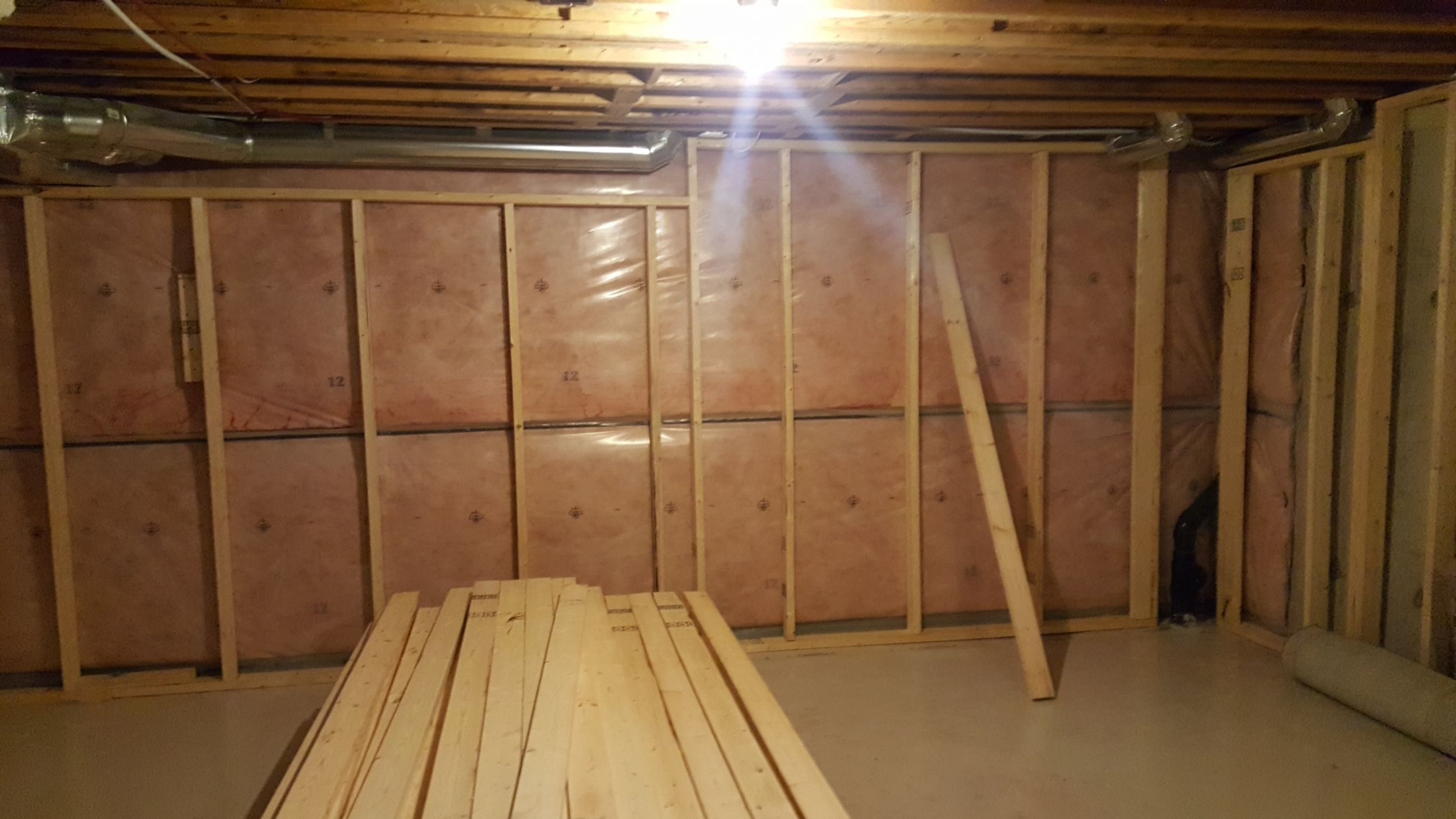
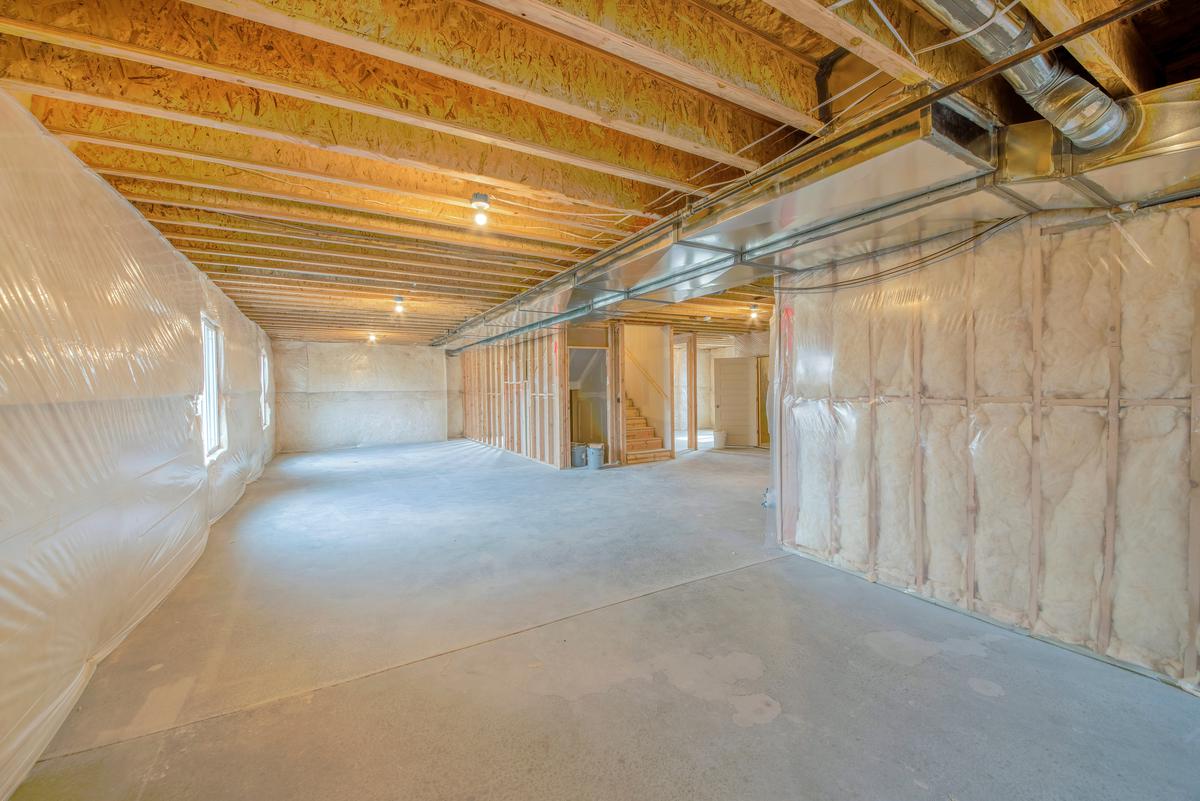
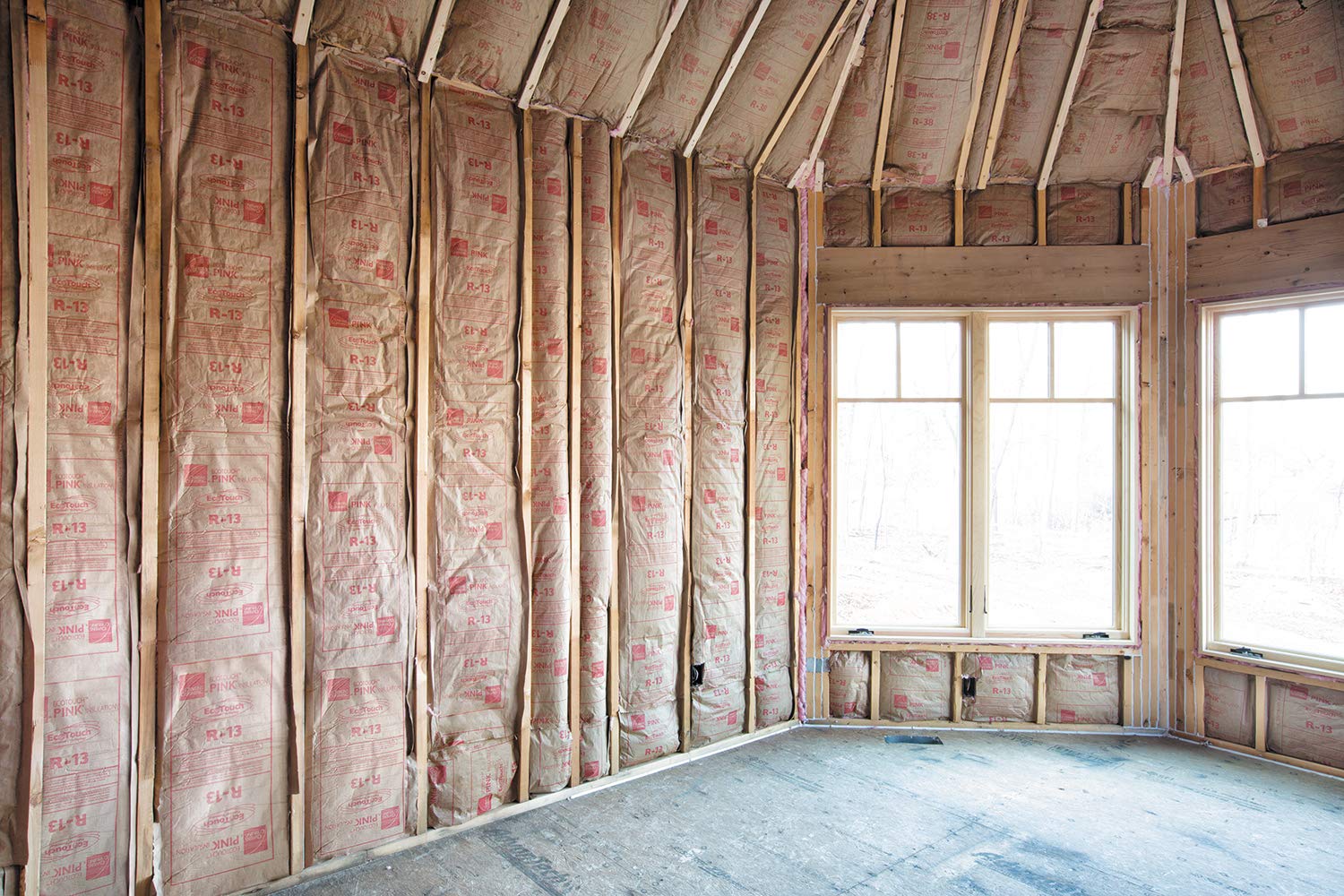
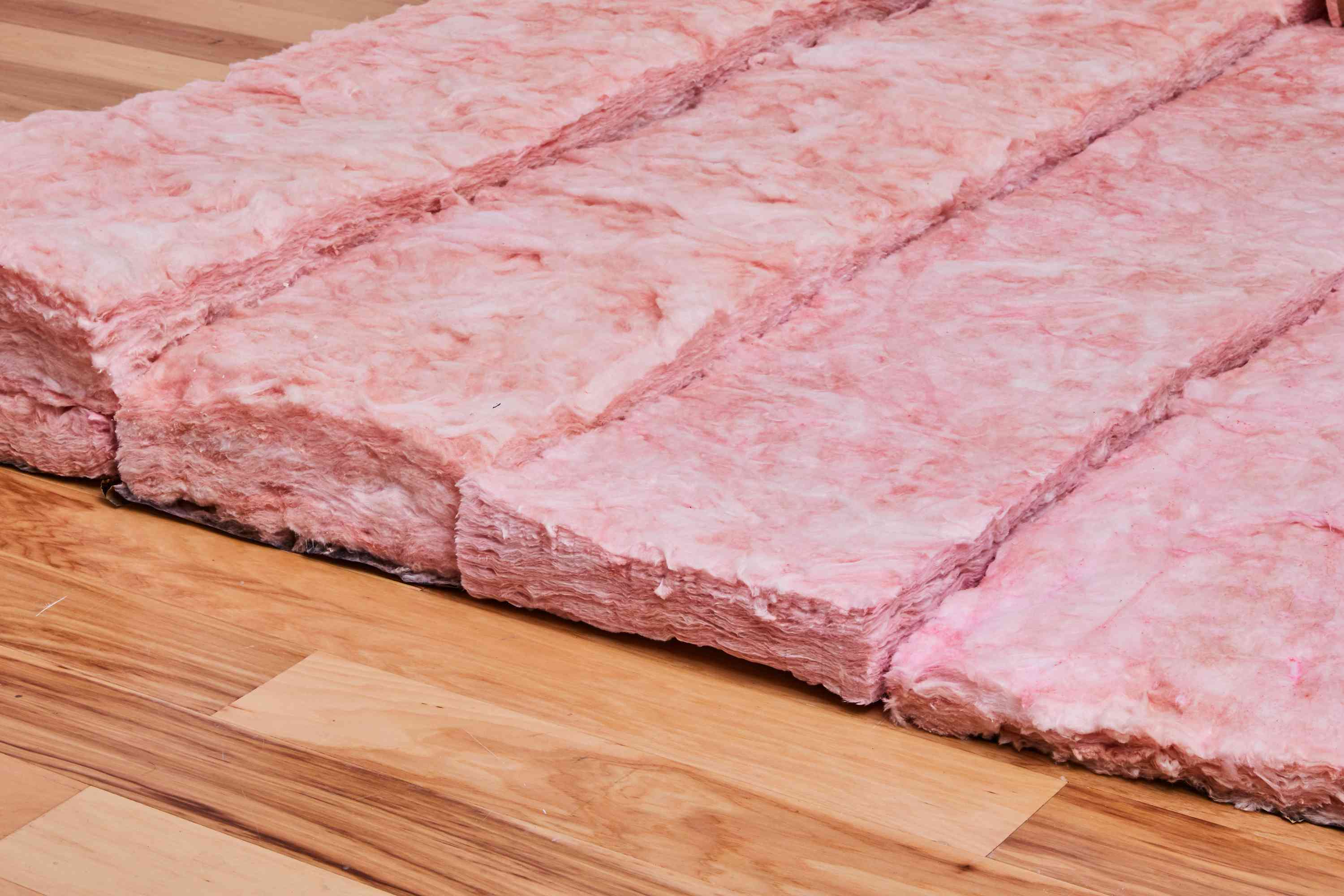
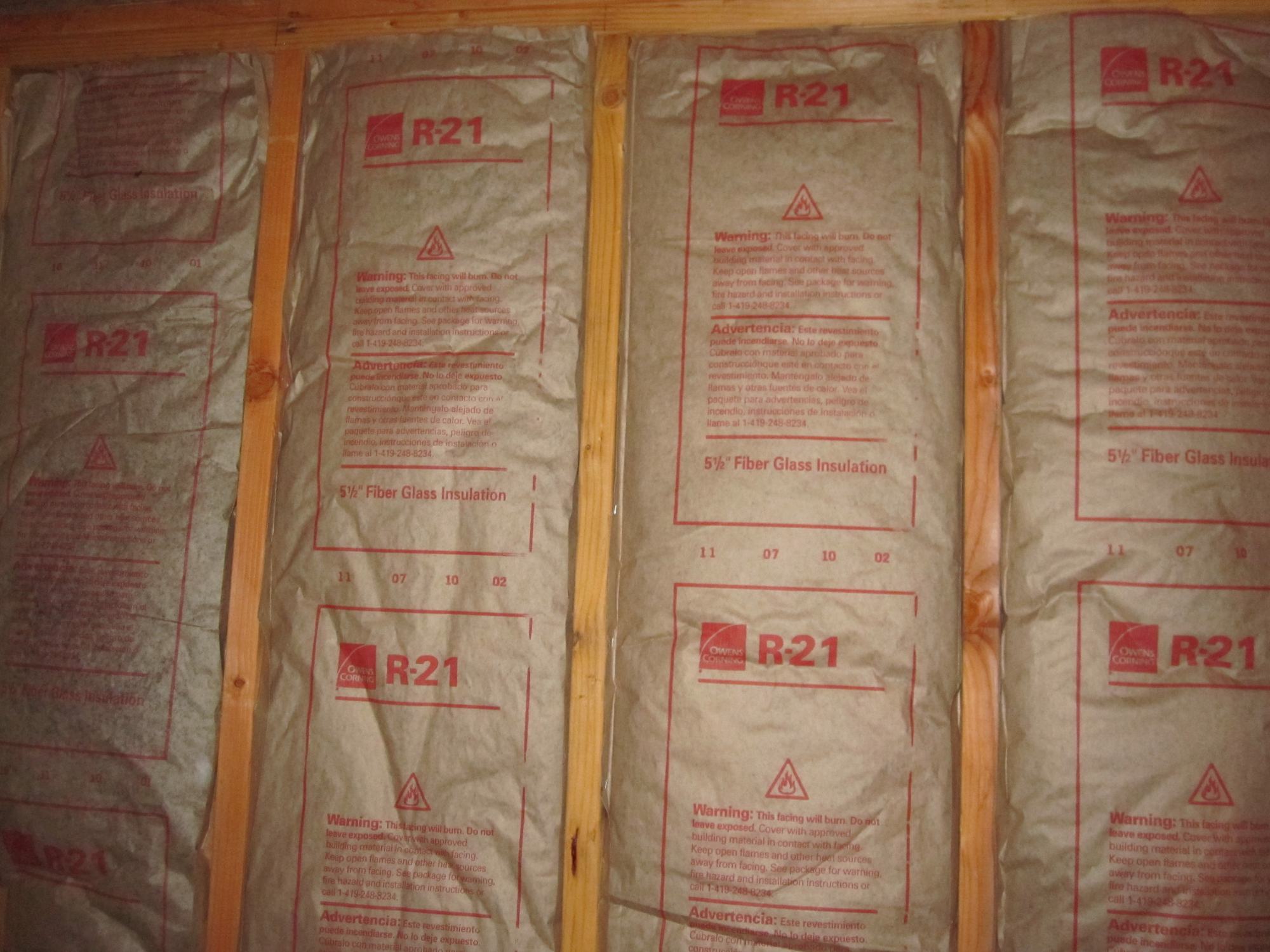
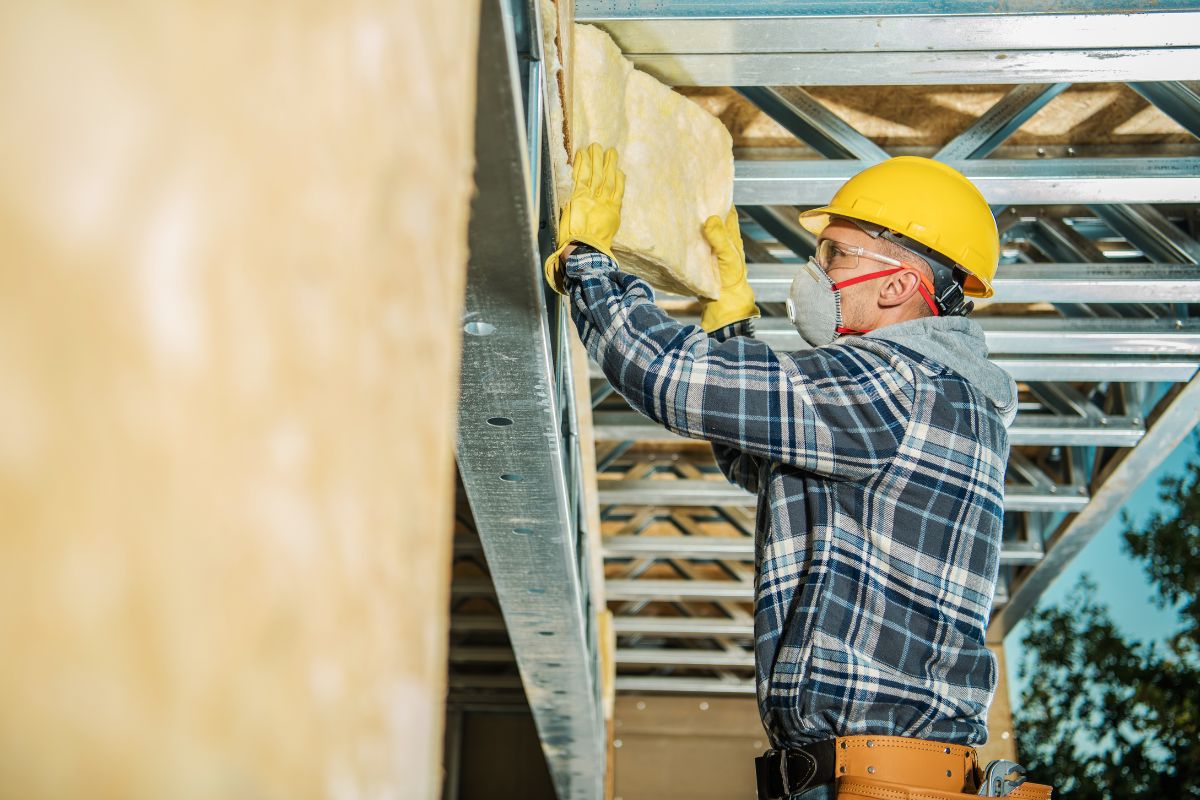

0 thoughts on “What Is Wall Insulation”